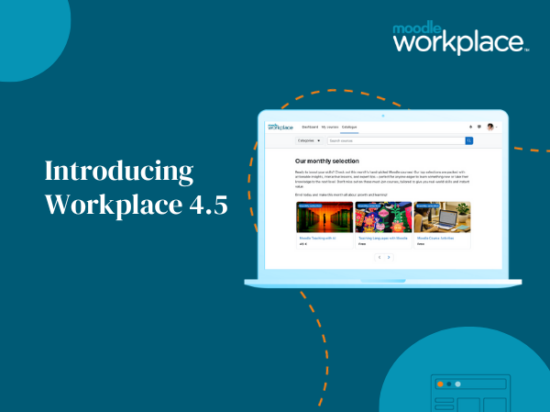Ok, so the Australian Census didn’t quite come off as planned. Spend a hundred years building the people’s trust, then lose that in one night with a failed system launch.
Lots of finger pointing about who is to blame for the disastrous website crash on census night. As of this writing, it was a denial-of-service attack that brought the system to its knees before it could ever really prove its worth.
Heads will roll, of course, and damage control is the name of the game. Particularly when it comes to why it happened and the doubts now raised about data security.
No matter what really happened, the Australian census was a stride into the future.
In 2001, I was a part-time Census Officer. This meant toting an ABS lanyard and bright yellow satchel, occasionally jumping gates to avoid ferocious dogs, knocking on doors, and of course, handing out and collecting loads of paper forms. It’s hard to imagine that until 2006, when the Australian census first went online, this snapshot of the country was done by paper and pen.
Every five years, the Australian Bureau of Statistics takes this statistical snapshot of where everyone ‘is’ in Australia. That means everyone, including foreign visitors. The census collates a lot of powerful data in part to help the government determine how its resources are allocated and to get a read of shifting populations.
The census is an example of how governments in general are also shifting their operations to an online environment. In Australia, the government’s myGov website is consolidating many services into an online platform with a dashboard where your information is linked to many government departments, including Medicare and the Australian Tax Office.
Many will see this big data collection as an invasion of privacy or a ‘Big Brother’ scenario. This year, for the first time the census will be keeping names and addresses to link to other national data. But when you think about it, why have all these departments piled high with all this paper? Isn’t it easier to parse your data on such a grand scale with the help of server farms?
These types of cloud-based data collection points are defining the way we live these days. The interface is often an online form. The data is analysed by computer algorithms which can dish out the information quickly and efficiently to consumers, whoever they may be. Doesn’t matter if you are buying tennis shoes, a plane ticket, or trying to determine where people are living.
Most online learning programs feature this data collection functionality on a much smaller scale. Still, the same principles apply. Go through the training or education module and then you take a test. The results are scored automatically and compiled in easy-to-read reports.
The question is what happens to all that data? Where is it going? Who is looking at it? Privacy is indeed an issue that is being raised not only by the Australia census, but also by those whose stock in trade is designing elearning systems.
At My Learning Space, we can help you ensure a successful launch. Don’t hesitate to contact us if you would like to discuss the best way to deploy your learning management system.







